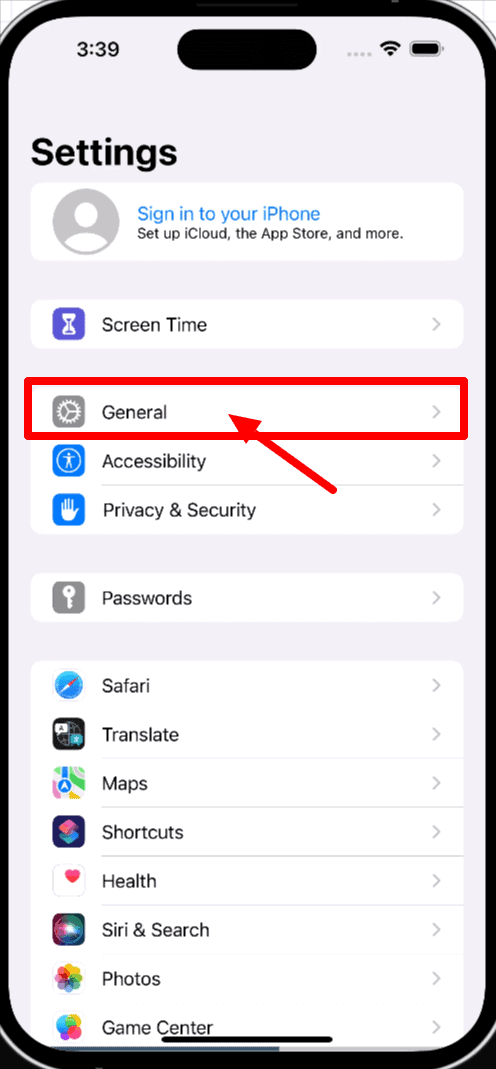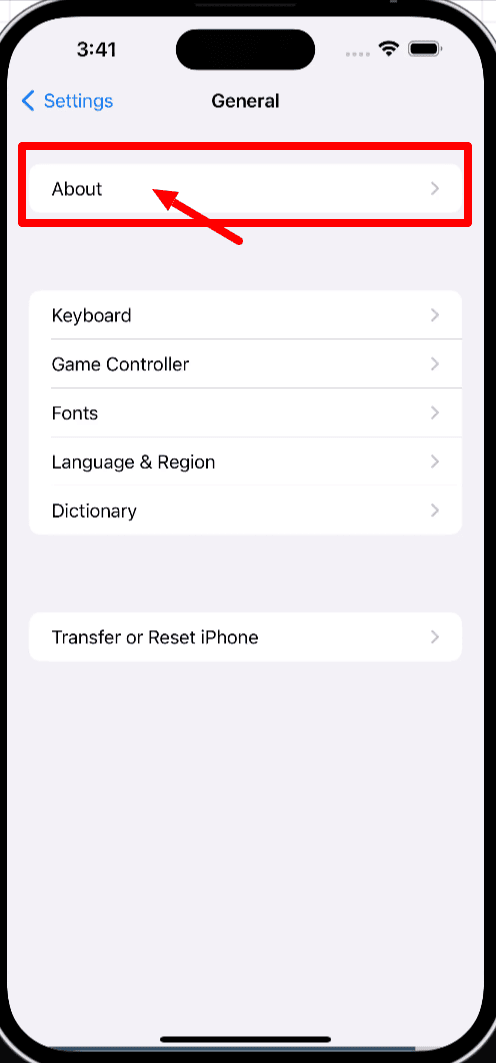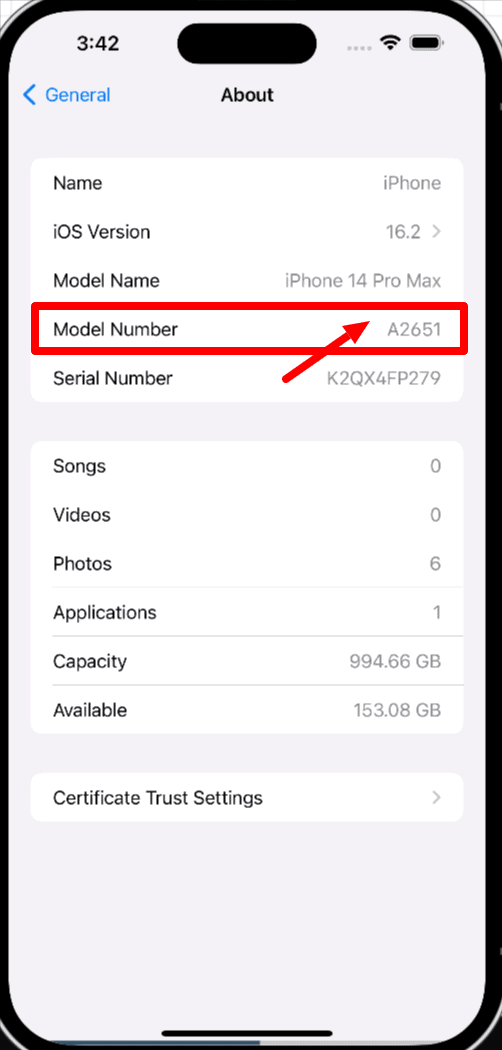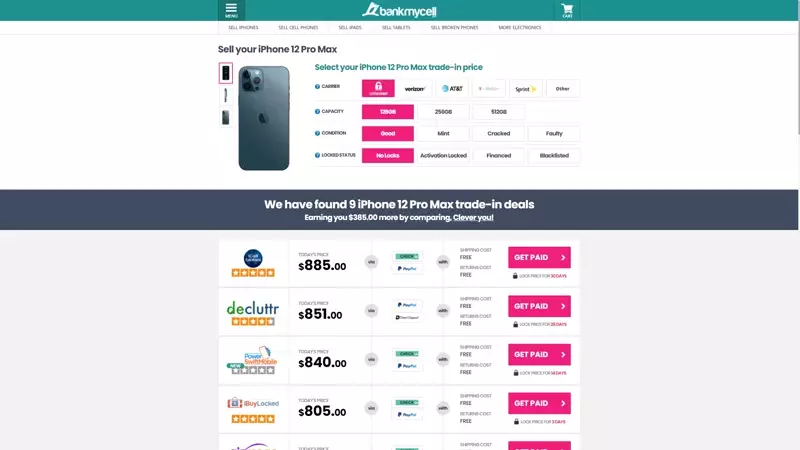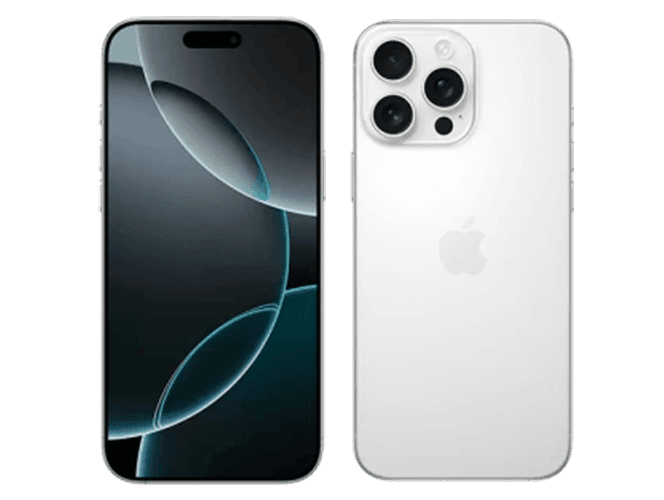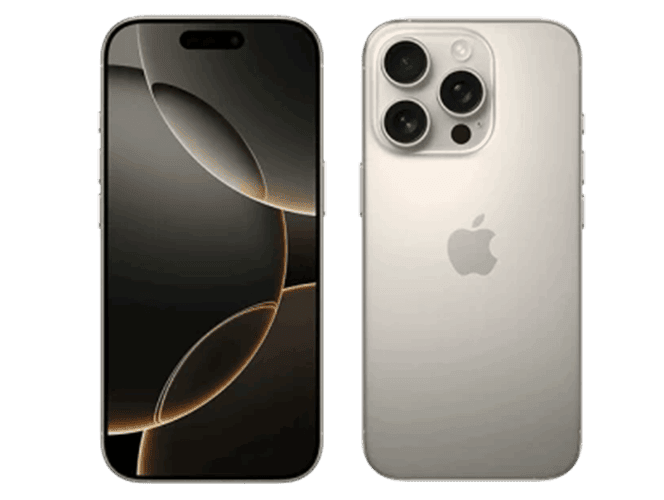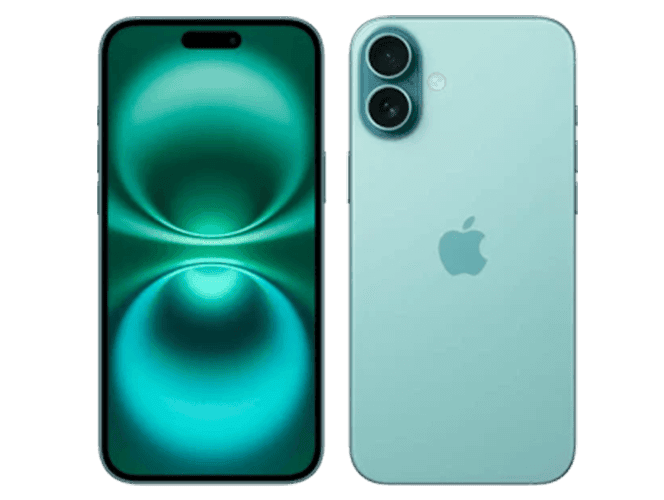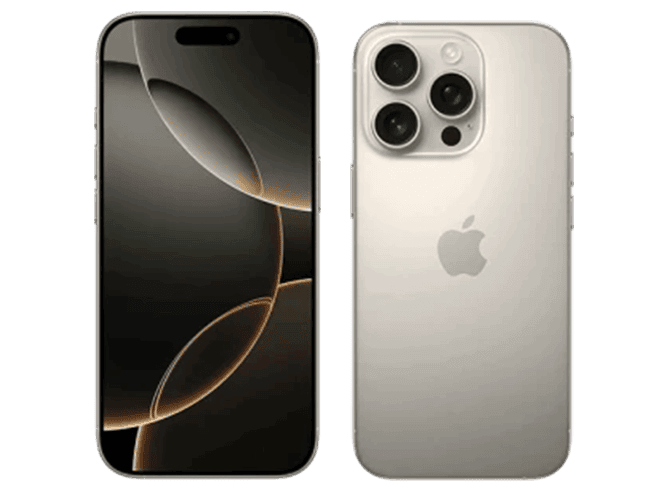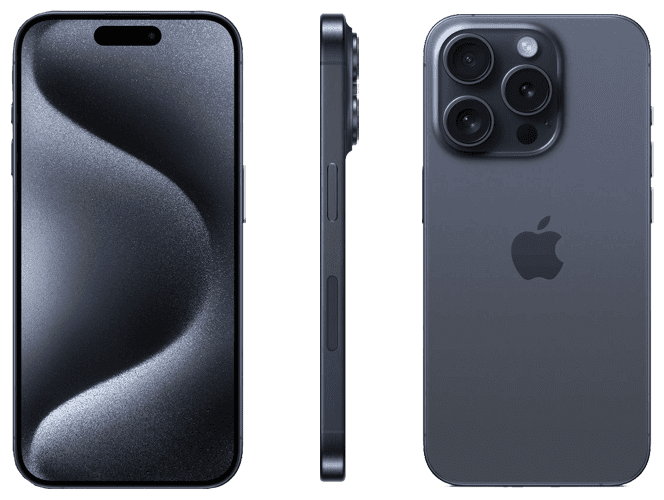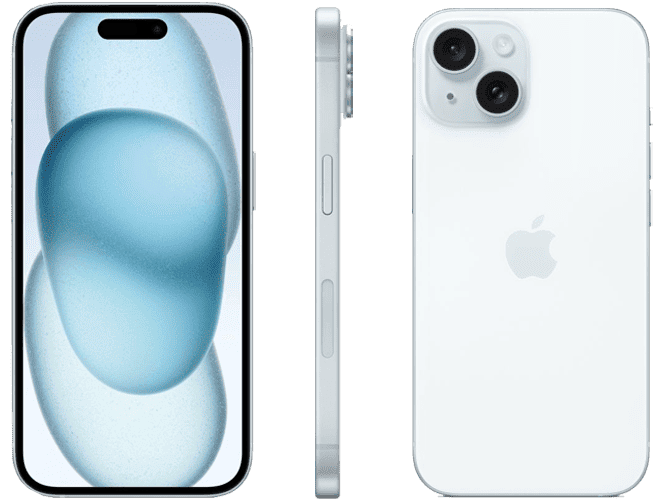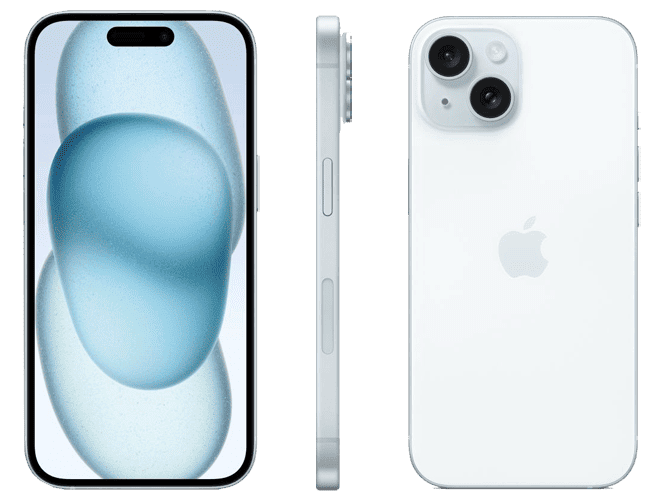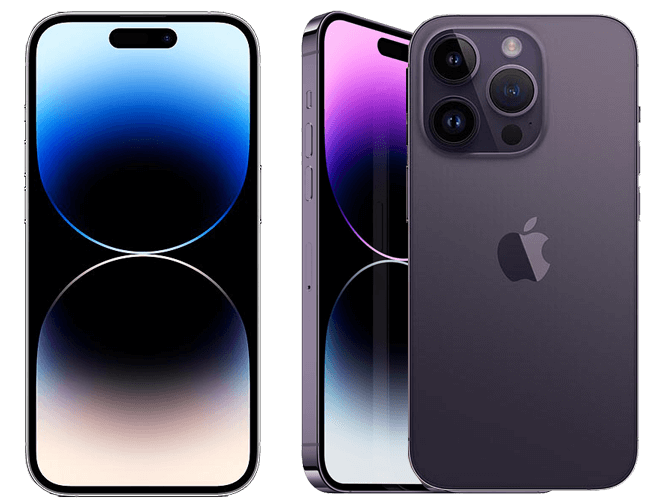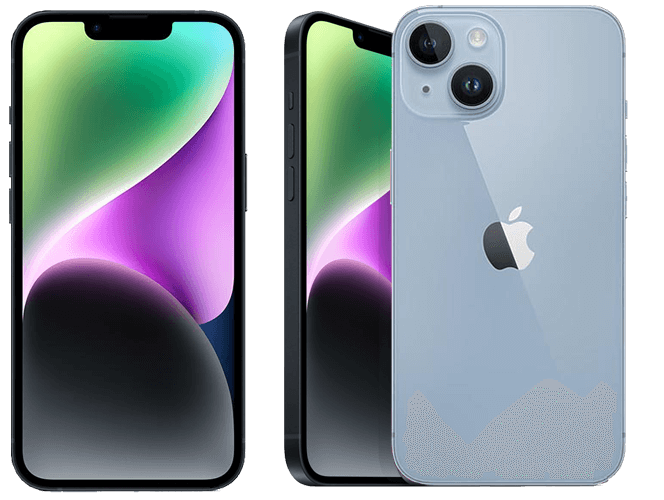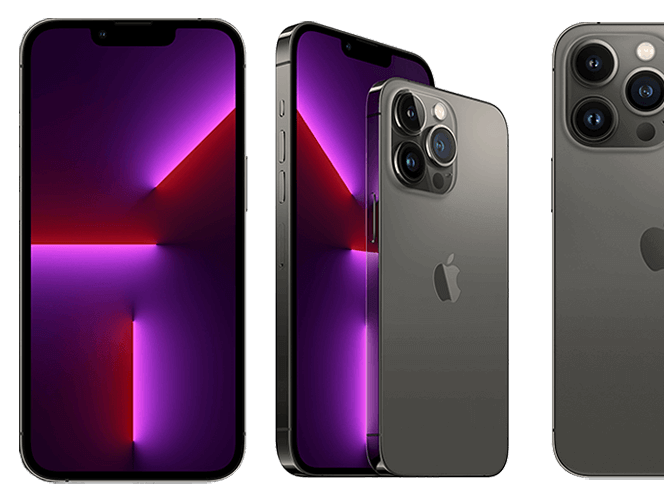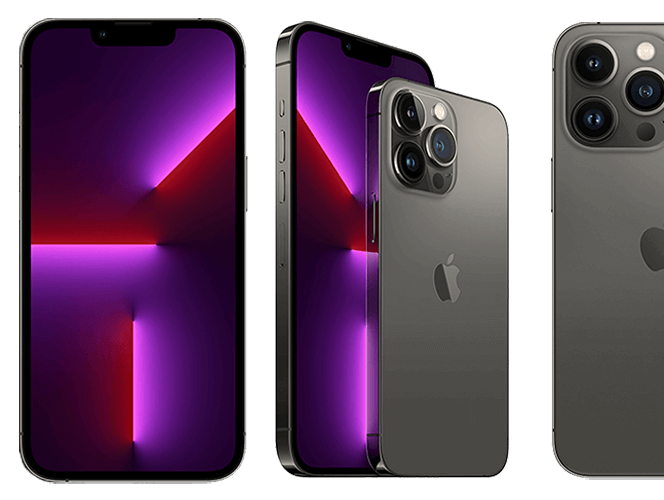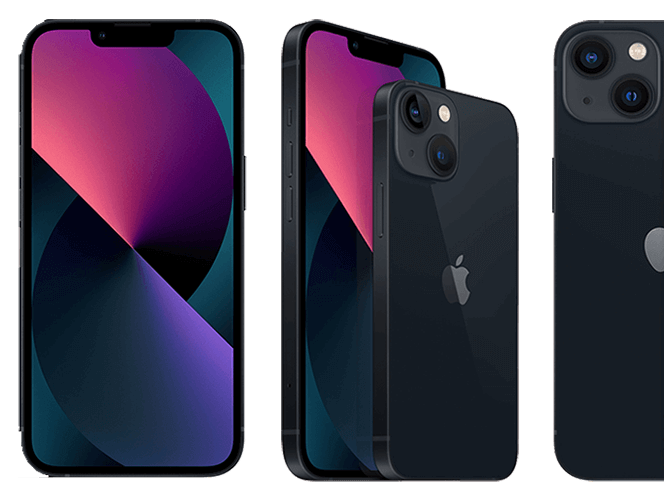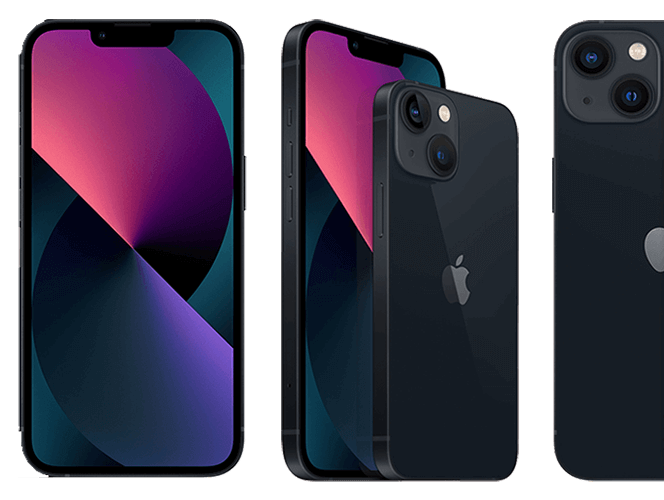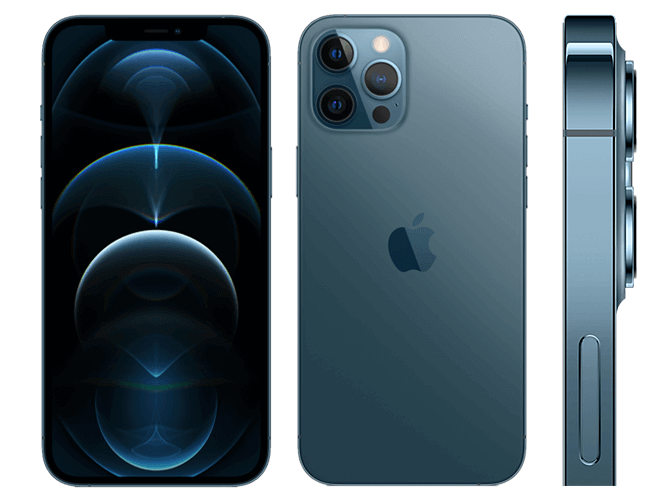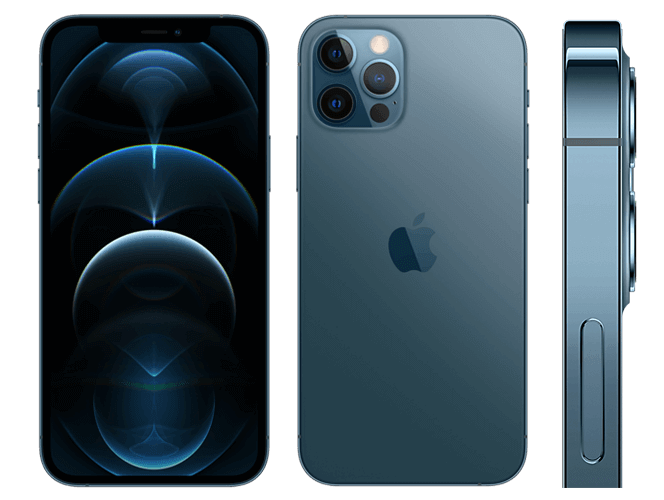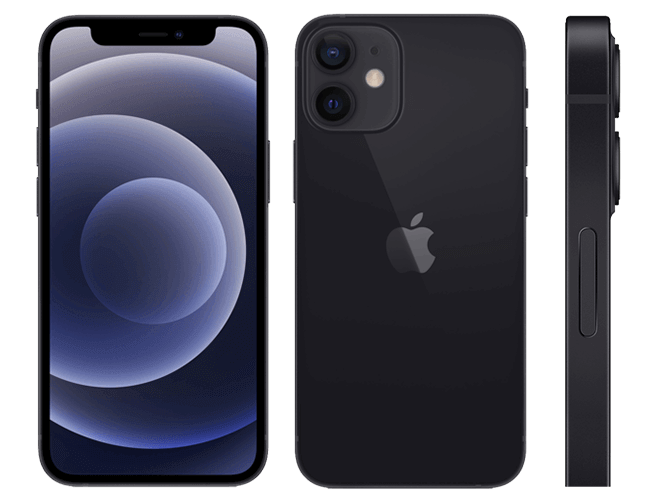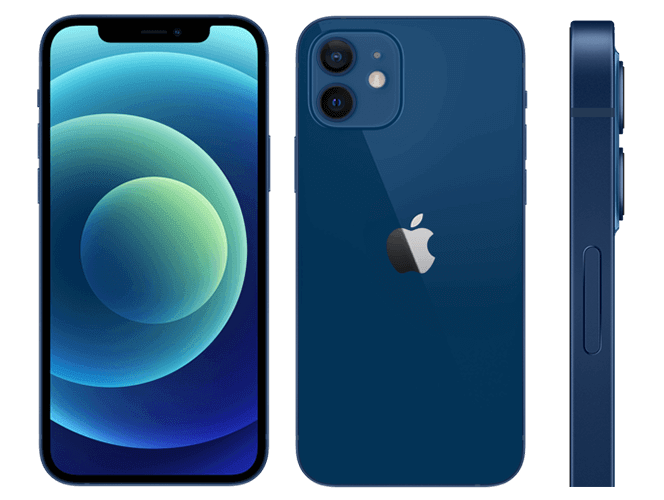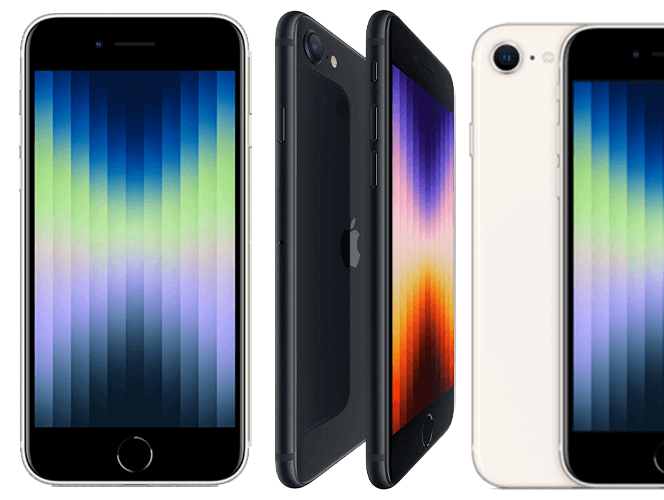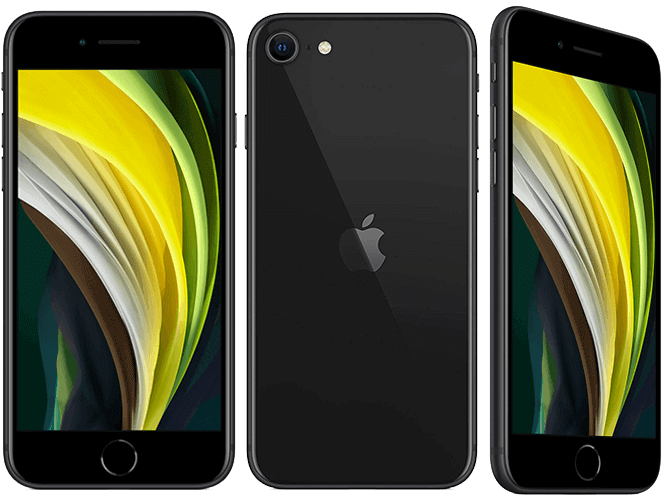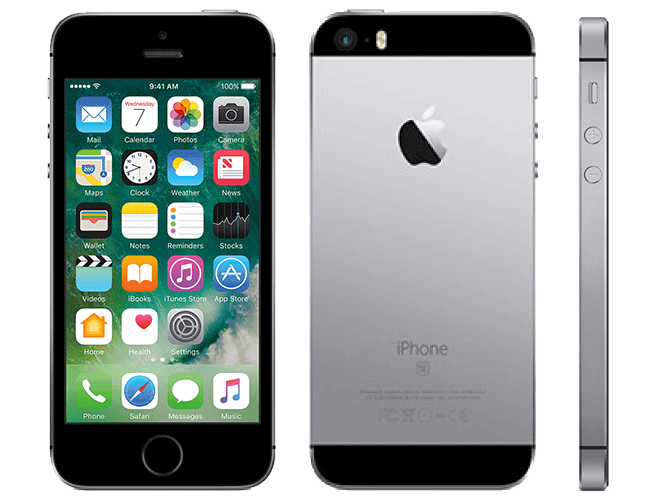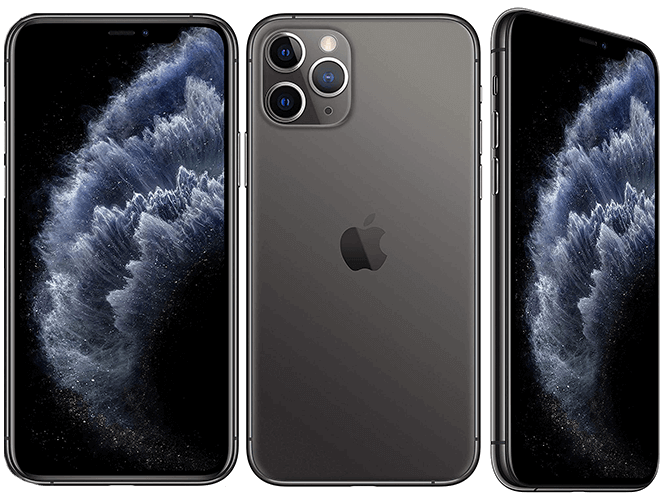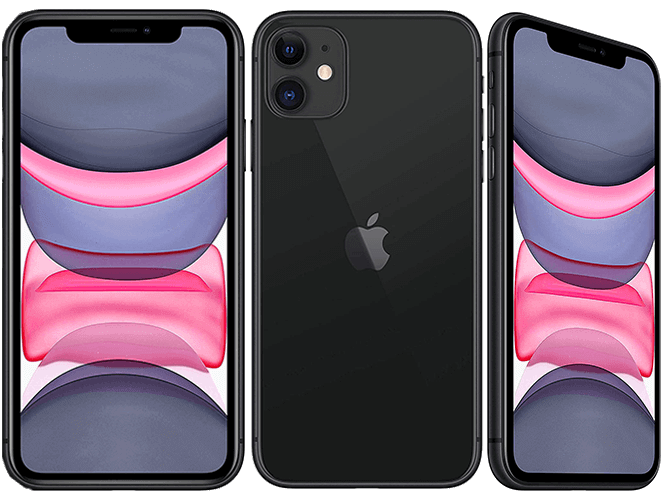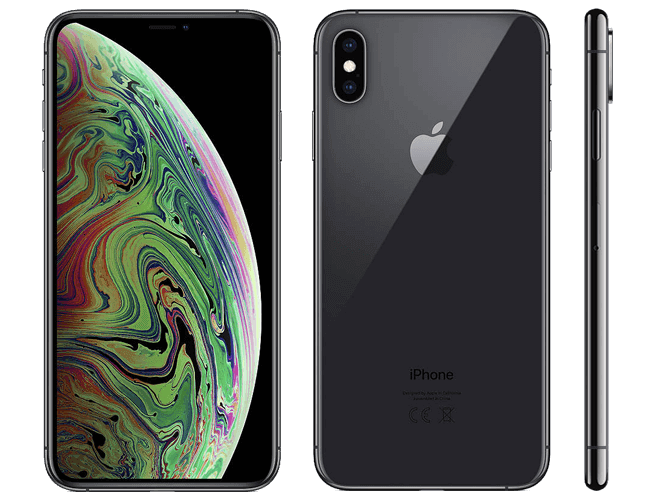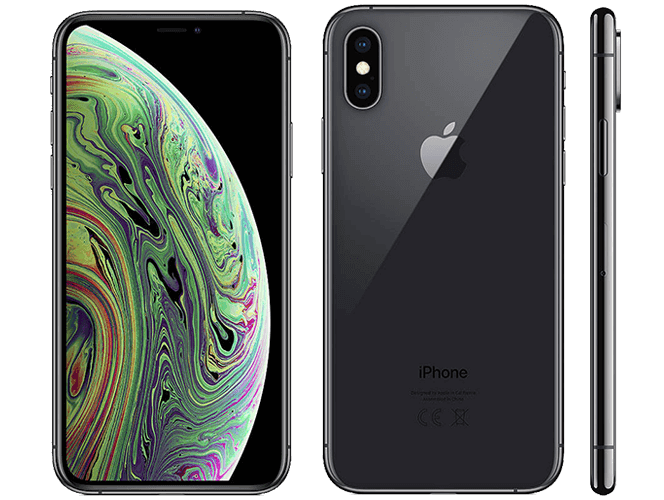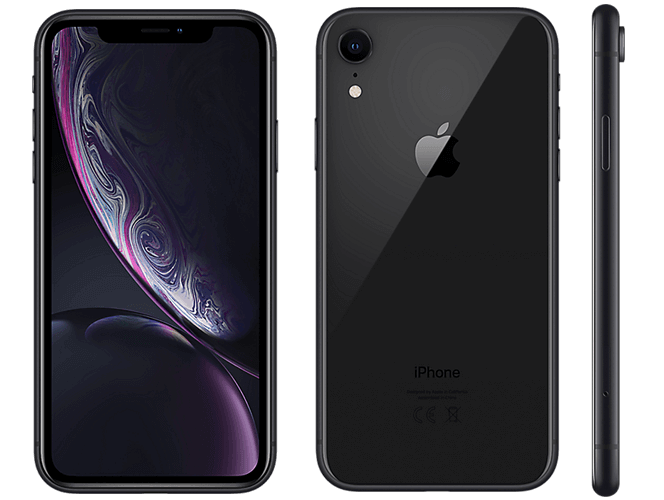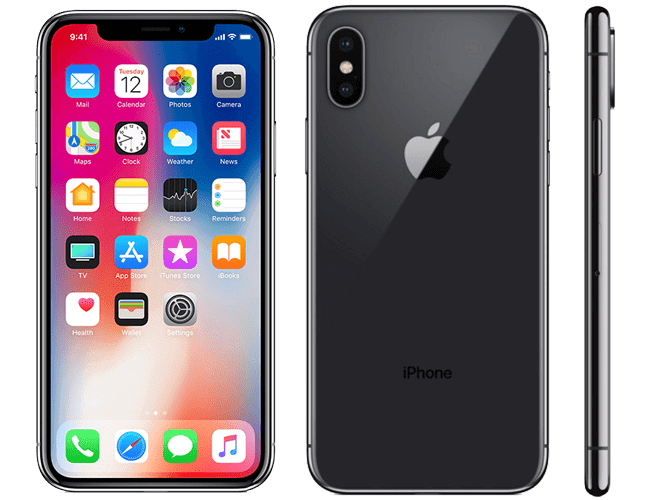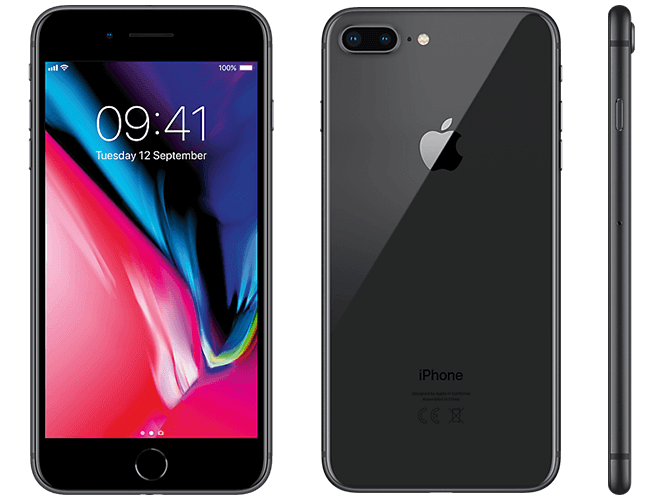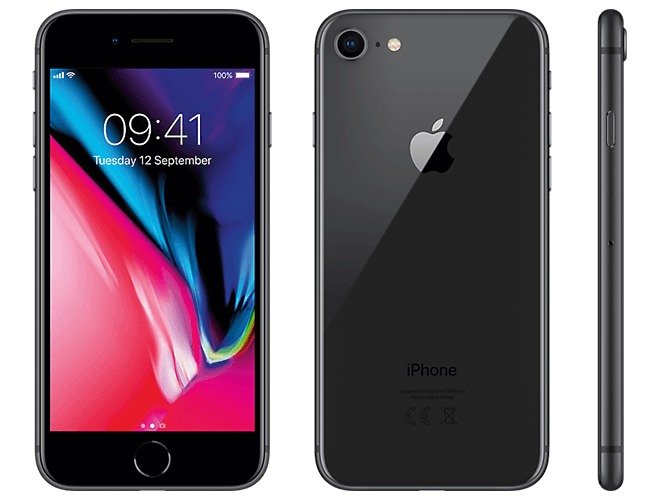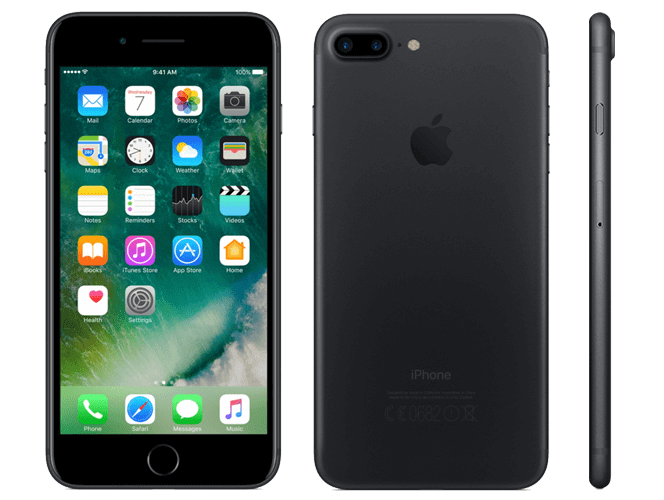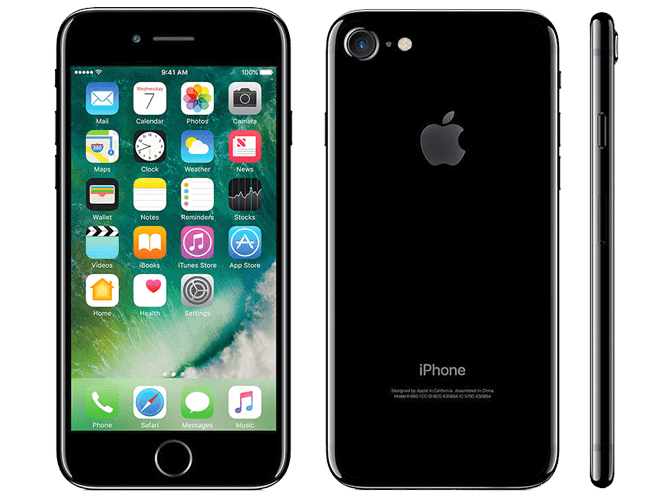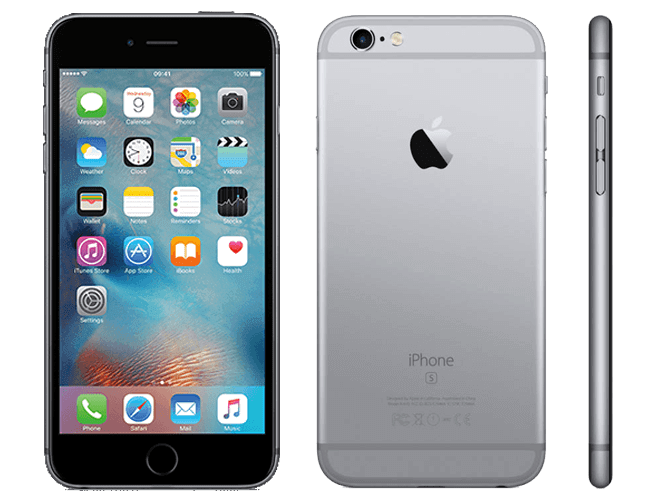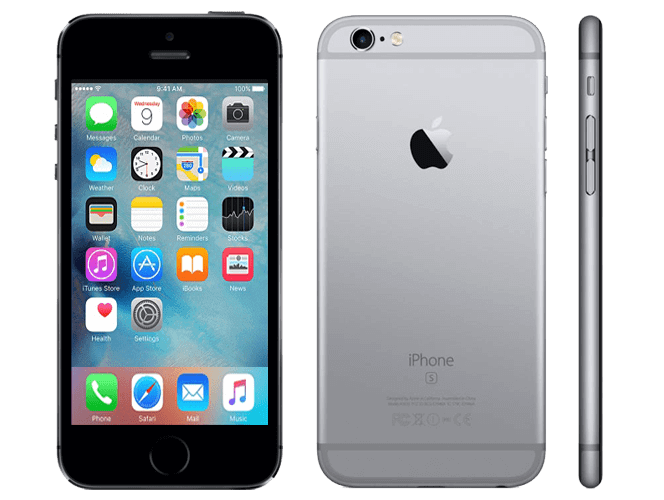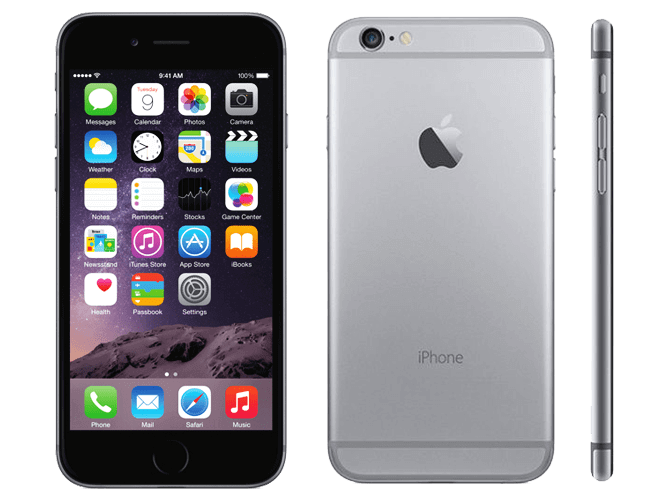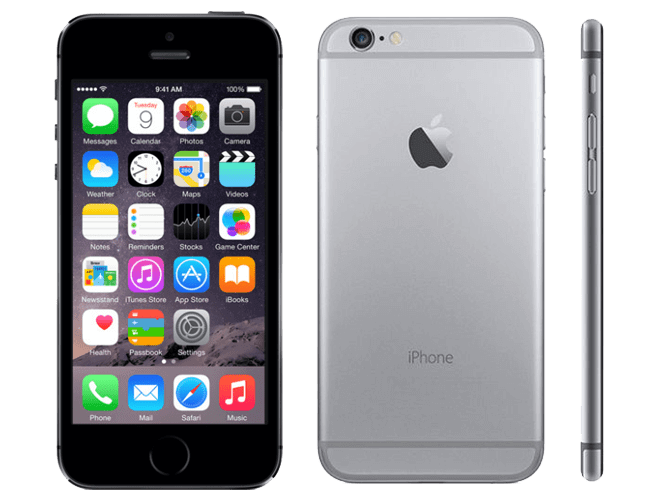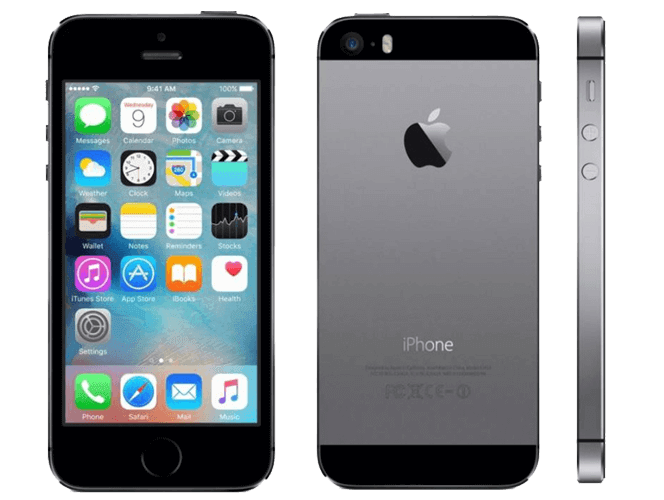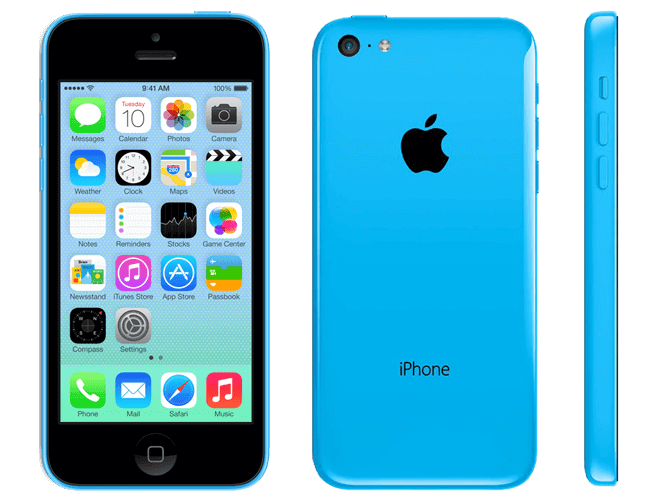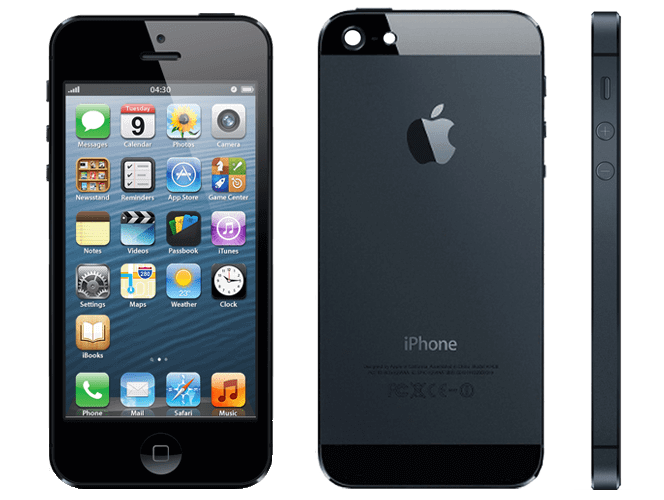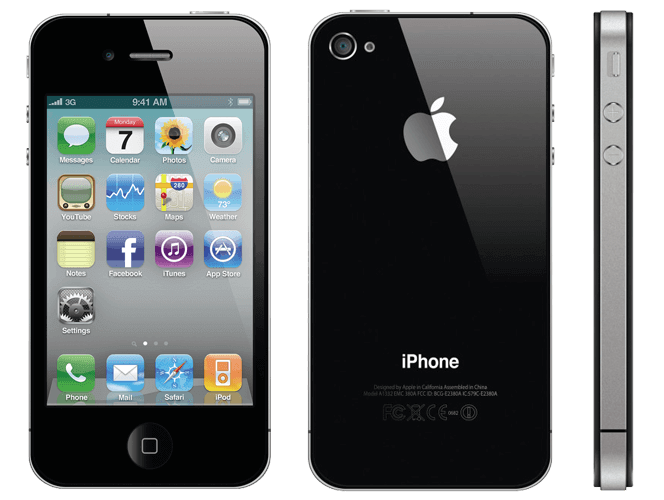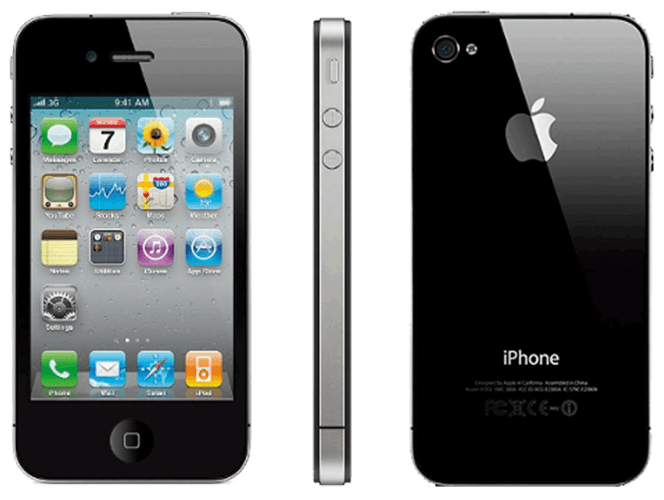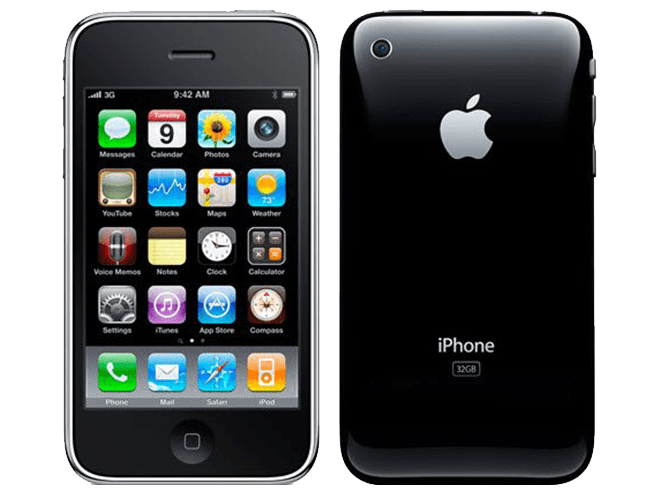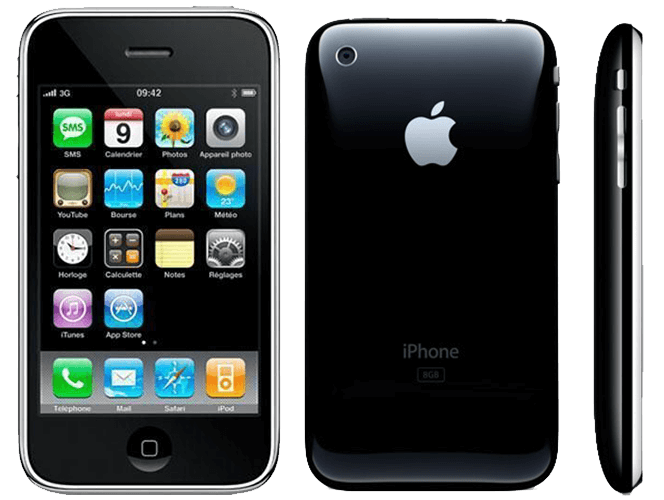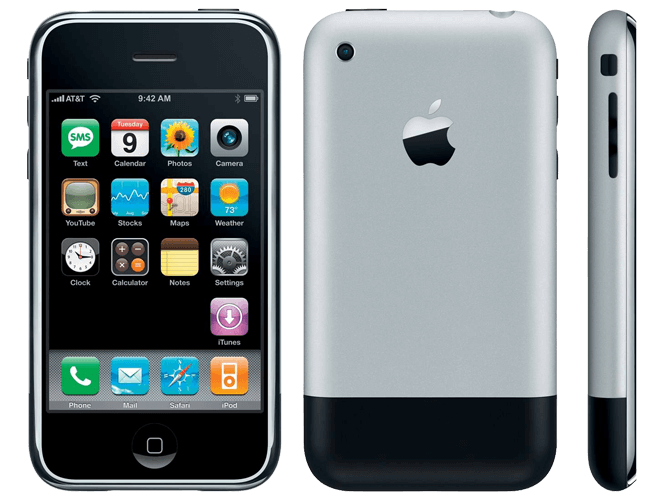How to Tell What iPhone You Have (3 Ways)
- You can find your iPhone model through the Settings app > General > About > Model name.
- Locate your iPhone model number on your device and match it to our iPhone model table.
- If all else fails, compare your iPhone to our iPhone model descriptions and front/side/back photos.

Identify Your iPhone Model (3 Ways)
Via iPhone Settings (Quickest Way)
- Launch Settings.
- Tap General, then About.
- Your Model Name will be displayed above Model Number
OR Tap Model Number to display a five-character model number, then see the table below and check what iPhone model corresponds to your model number.
Via the SIM Tray or Back of Your iPhone
iPhone 8 or Later (Via SIM Tray)
- Remove the SIM tray on the left side of your phone.
- Tilt your phone and look for the number on the upper side.
- See the table below and check what iPhone model corresponds to your model number.

iPhone 7 or Earlier (Via Back of Your iPhone)
- Check the back of your iPhone.
- Find the model number at the bottom.
Via Looking at the Details of Your iPhone
We put together all the iPhone models, covering the release years, colors, model numbers, and physical description or design of each device to make it easier for you to know the iPhone model you have by sight. See below.
In this article:
With so many iPhone models looking alike, it sometimes gets confusing as to which model you have. It’s important to know what iPhone model you have to know which apps to install and software updates to download.
In this article from BankMyCell, our team will help you learn how to tell what model iPhone you have in three simple ways.
1) Settings Menu: How to Tell What Type iPhone You Have by Model Number
One of the simplest ways to know your iPhone’s model is by tracking its model number via the settings menu. Follow these steps:
- Navigate to Settings.
- Tap General.
- Go to About and find the Model Name near the top.
- The Part Number is right next to the Model Number.
- Tap it to display the Model Number.
It’s that simple. You can easily confuse your iPhone part number and model number. While model numbers begin with the letter A, part numbers usually start with the letter M. You might want to check the list below to see various iPhones and their corresponding model numbers.
Is Your iPhone Locked or Broken?
You should always check to know if the iPhone you plan to buy is carrier-locked before paying for it. Otherwise, you may end up being disappointed, especially if you can’t easily return the iPhone after purchase.
You can check if an iPhone is unlocked by following these steps:
- Open the Settings app
- Tap on Cellular
- Find the option labeled “Cellular Data Network.”
If the option is available, then your iPhone is unlocked. Otherwise, your iPhone is carrier-locked.
Your iPhone can also become locked if you input a wrong passcode more than ten times. When locked, the message “iPhone is disabled, connect to iTunes” will pop up from time to time. There are several ways to unlock your disabled iPhone, depending on the model.
2) On Your iPhone: Look on the Back for the A number
You can tell what iPhone you have by looking for the A number printed on the phone’s back.
This method applies to the iPhone 7 or earlier models. The number begins with the letter A, with the label ‘Model’ beside it.
If the number is too small for your naked eye, a magnifying glass can come in handy. The iPhone 8 and newer models don’t have the A number printed on the back. That means if you can’t find this number on the back of your device, you can be sure you have an iPhone 8 or later version.
For an iPhone 8 or later, you’ll need to remove the SIM tray and look for the number on the upper side of the SIM tray slot. Find a place with bright light overhead to see the number.

| Model Name | Model Number | Release Year |
|---|---|---|
| iPhone 16 Pro Max | A3296, A3084, A3295, A3297 | 2024 |
| iPhone 16 Pro | A3293, A3083, A3292, A3294 | 2024 |
| iPhone 16 Plus | A3290, A3082, A3289, A3291 | 2024 |
| iPhone 16e | A3212, A3409, A3410, A3408 | 2025 |
| iPhone 16 | A3287, A3081, A3286, A3288 | 2024 |
| iPhone 15 Pro Max | A2849 | 2023 |
| iPhone 15 Pro | A2848 | 2023 |
| iPhone 15 Plus | A2847 | 2023 |
| iPhone 15 | A2846 | 2023 |
| iPhone 14 Pro Max | A2890, A2894 | 2022 |
| iPhone 14 Pro | A2890, A2894 | 2022 |
| iPhone 14 Plus | A2882, A2886 | 2022 |
| iPhone 14 | A2882, A2886 | 2022 |
| iPhone SE (3rd Generation) | A2783, A2595, A2785, A2782, A2784 | 2022 |
| iPhone 13 Pro Max | A2484, A2641, A2644, A2645, A2643 | 2021 |
| iPhone 13 Pro | A2483, A2636, A2639, A2640, A2638 | 2021 |
| iPhone 13 | A2482, A2631, A2634, A2635, A2633 | 2021 |
| iPhone 13 mini | A2481, A2626, A2629, A2630, A2628 | 2021 |
| iPhone 12 Pro Max | A2342, A2410, A2411, A2412 | 2020 |
| iPhone 12 Pro | A2341, A2406, A2407, A2408 | 2020 |
| iPhone 12 | A2172, A2402, A2403, A2404 | 2020 |
| iPhone 12 mini | A2176, A2398, A2399, A2400 | 2020 |
| iPhone SE (2nd Generation) | A2275, A2296, A2298 | 2020 |
| iPhone 11 Pro Max | A2161, A2218, A2220 | 2019 |
| iPhone 11 Pro | A2160, A2215, A2217 | 2019 |
| iPhone 11 | A2111, A2112, A2113 | 2019 |
| iPhone XS Max | A1921, A2101 | 2018 |
| iPhone XS | A1920, A2097 | 2018 |
| iPhone XR | A1984 | 2018 |
| iPhone X | A1865, A1901 | 2017 |
| iPhone 8 Plus | A1864, A1897 | 2017 |
| iPhone 8 | A1863, A1905 | 2017 |
| iPhone 7 Plus | A1661, A1784, A1785, A1786 | 2016 |
| iPhone 7 | A1660, A1778, A1779, A1780 | 2016 |
| iPhone SE | A1662, A1723, A1724 | 2016 |
| iPhone 6S Plus | A1634, A1687, A1690, A1699 | 2015 |
| iPhone 6S | A1633, A1688, A1691, A1700 | 2015 |
| iPhone 6 Plus | A1522, A1524, A1593 | 2014 |
| iPhone 6 | A1549, A1586, A1589 | 2014 |
| iPhone 5s | A1453, A1457, A1518, A1528, A1530, A1533 | 2013 |
| iPhone 5c | A1456, A1507, A1516, A1526, A1529, A1532 | 2013 |
| iPhone 5 | A1428, A1429, A1442 | 2012 |
| iPhone 4S | A1387, A1431 | 2011 |
| iPhone 4 | A1332, A1349 | 2010 |
| iPhone 3GS | A1303, A1325 | 2009 |
| iPhone 3G | A1241, A1324 | 2008 |
| iPhone | A1203 | 2007 |
3) How to Tell What iPhone You’ve Got by Sight
If, for any reason, you can’t tell what iPhone you have using the methods above, we have a simpler method for you. You can tell what iPhone model you have by looking at its physical features, as outlined in this guide.
iPhone 16
iPhone 16 Pro Max
The iPhone 16 Pro Max features a 6.9-inch LTPO Super Retina XDR OLED display with a resolution of 1320 x 2868 pixels. It is powered by the A18 Pro chipset with storage options of 256GB, 512GB, and 1TB. The triple rear camera setup includes a 48MP wide lens, a 12MP periscope telephoto lens with 5x optical zoom, and a 48MP ultrawide lens. The device houses a 4685 mAh battery supporting 15W wireless charging via MagSafe.
Trade-in Value: iPhone 16 Pro Max
iPhone 16 Pro
The iPhone 16 Pro features a sleek titanium build, making it lightweight at just 199 grams. Its compact size includes a 6.3-inch LTPO Super Retina XDR OLED display with ceramic shield protection. This phone supports up 128GB to 1TB of storage and is powered by the A18 Pro chip. Its triple-camera system includes a 48MP wide lens, a 12MP telephoto lens with 5x optical zoom, and a 48MP ultrawide lens. It also has 3582 mAh battery that supports 15W wireless Qi2 charging.
Trade-in Value: iPhone 16 Pro
iPhone 16 Plus
The iPhone 16 Plus features a dual rear camera setup with 6.7-inch Super Retina XDR OLED display. It’s a bit slimmer than the Pro Max model, with an aluminum frame and a glass back and ceramic shield in front. Powered by the A18 chipset and offers storage options—128GB, 256GB, and 512GB. It is equipped with 4674 mAh battery that lasts for more than 18 hours.
Trade-in Value: iPhone 16 Plus
iPhone 16e
The iPhone 16e features a 6.1-inch Super Retina XDR OLED display with a resolution of 2532 x 1170 pixels. It’s powered by the A18 chip and comes in storage capacities of 128GB, 256GB, and 512GB. The device includes a 48MP Fusion rear camera and a 12MP front camera. Additionally, the iPhone 16e has a USB-C charging port and lacks the Dynamic Island feature found in other iPhone 16 models.
Trade-in Value: iPhone 16e
iPhone 16
The iPhone 16 comes in with 6.1-nch Super Retina XDR OLED, which is smaller than the 16 Plus. It is pocket friendly, weighing 170g only. Despite its smaller size, it delivers powerful performance with the A18 chipset and supports storage options of 128GB, 256GB, and 512GB. Its battery s equipped 3561 mAh that supports 25W wireless charging through Magsafe.
Trade-in Value: iPhone 16
iPhone 15
iPhone 15 Pro Max
The iPhone 15 Pro Max features a 6.7-inch Super Retina XDR OLED display with a 1290 x 2796 resolution. The iPhone 15 Pro Max exhibits slimmer bezels compared to the iPhone 14 Pro Max, which maximizes the screen-to-body ratio. It is built with a titanium frame, ceramic shield front, curved glass edges, and a textured matte glass back for a premium feel. There is also an Action button, which replaces the mute toggle. The phone features a triple rear camera with a 48 MP wide camera for the primary lens, a 12MP ultra-wide camera, and a 12MP periscope telephoto lens offering optical zoom levels of up to 5x. The iPhone 15 series is the first iPhone line to support USB Type-C 3.0 port charging.
Trade-in Value: iPhone 15 Pro Max
iPhone 15 Pro
The iPhone 15 Pro has a 6.1-inch Super Retina XDR OLED display with a 146.6 x 70.6 x 8.25 mm dimension. While it has the same screen size as the iPhone 14 Pro, it has a smaller frame due to smaller bezels. It is made with a titanium frame and ceramic shield front that connects seamlessly to curved glass edges and has a textured matte glass back finish. It has a triple rear camera feature, including a 12MP telephoto lens with up to 3x optical zoom levels. The mute toggle is now an Action button.
Trade-in Value: iPhone 15 Pro
iPhone 15 Plus
The iPhone 15 Plus sports a 6.7-inch Super Retina XDR OLED display with a 2796 x 1290 resolution. The notch in previous iPhone models has been replaced with the Dynamic Island design. It is made with an aluminum frame, ceramic shield front, and color-infused back glass. The iPhone 15 Plus features a dual camera at the back with a 48MP wide lens and a 12MP ultrawide lens. The lightning port has been swapped out for a USB Type-C, which supports USB 2.0 speeds.
Trade-in Value: iPhone 15 Plus
iPhone 15
The iPhone 15 features a 6.1-inch Super Retina XDR OLED display. The iPhone 15 series incorporates a USB Type-C 2.0 port, replacing the traditional Lightning connector. The iPhone 15’s design introduces a new border aesthetic and a frosted back finish. It has a dual rear camera, unlike the Pro models that hold three. The 48MP main camera has been improved for better performance, while the ultrawide camera stands at 12MP.
Trade-in Value: iPhone 15
iPhone 14
iPhone 14 Pro Max
The iPhone 14 Pro Max has a larger screen size and heavier weight than iPhone 14 Pro. It has a 6.7-inch Super Retina XDR display with rounded corners and a dimension of 6.33 x 3.06 x 0.31 inches. It is built with a ceramic shield, glass in front and back, and stainless steel frame, making the device durable and more rigid. Plus, it features a triple camera with 48 megapixels.
Trade-in Value: iPhone 14 Pro Max
iPhone 14 Pro
The iPhone 14 Pro weighs lighter than the Pro Max model at 206g. It has a body size of 5.81 x 2.81 x 0.31 in, a length of 6.1-inch Super Retina XDR display measured diagonally. Also, it has a ceramic shield, stainless steel frame, front and back glass, and triple cameras.
Trade-in Value: iPhone 14 Pro
iPhone 14 Plus
The iPhone 14 Plus comes with a ceramic shield in front, glass in the back, and an aluminum design. It weighs 203g and has a dimension of 6.33 x 3.07 x 0.31 inches, making it bigger and heavier than iPhone 14. Also, it has a 6.7-inch Super Retina XDR display with OLED technology and a dual camera at the back.
Trade-in Value: iPhone 14 Plus
iPhone 14
The iPhone 14 features dual primary cameras, unlike the Pro models that hold three. It also has a 6.1-inch Super Retina XDR display and a weight of 172g, which is smaller and lighter than the Plus model. It features a ceramic shield in the front, glass in the back, and an aluminum design.
Trade-in Value: iPhone 14
iPhone 13
iPhone 13 Pro Max
The iPhone 13 Pro Max has the larger 6.7 inch Super Retina XDR display, which is the main visual difference to the iPhone 13 Pro with 6.1 inches. Looking at the device screen up, it has the SIM tray on the left and the side button on the right. The back is matt textured glass with a stainless steel rim around the frame – the non-Pro devices have aluminum. The 13 Pro Max has three 12 MP cameras, a LiDAR scanner, and a Dual-LED flash.
Trade-in Value: iPhone 13 Pro Max
iPhone 13 Pro
The iPhone 13 Pro has a slightly smaller screen size compared with the Pro Max, at 6.1 inches. The 13 Pro has three 12 megapixel cameras on the back, Telephoto, Wide, and Ultra Wide. It also has a Dual-LED True Tone Flash and a LiDAR Scanner on the back. If the screen is smaller at 6.1 inches and it has cameras, it’s likely you have a 13 Pro.
Trade-in Value: iPhone 13 Pro
iPhone 13
The iPhone 13 has a 6.1 inch Super Retina XDR display, which is a similar size to the Pro. The main difference to the Pro (other than screen size) is that this one has two 12 megapixel cameras on the back, whereas the Pro has three. It has a glass back, with the sides featuring a flat-edged aluminum band. The Nano-SIM tray is on the left, button on the right-hand side.
Trade-in Value: iPhone 13
iPhone 13 Mini
The iPhone 13 Mini is a smaller model with a 5.4-inch screen with Super Retina Display. There are two 12 megapixel cameras on the back, with a Dual-LED True Tone flash. The back itself is made of glass with a flat-edged aluminum frame around the sides. With the phone screen up, the SIM tray is on the left for the 4FF nano-SIM card and the side button is on the right-hand side of the device.
Trade-in Value: iPhone 13 Mini
iPhone 12
iPhone 12 Pro Max
The iPhone 12 Pro Max features a textured matte glass back with three 12-megapixel cameras. A flat-edged stainless steel band surrounds the frame, and the side button is on the right side of the device. The device comes with a 6.7-inch display. The SIM tray on the left-hand side is for a “fourth form factor” (4FF) nano-SIM card.
Trade-in Value: iPhone 12 Pro Max
iPhone 12 Pro
The iPhone 12 Pro is similar to the iPhone 12 Pro Max, but it has a smaller (6.1 inches) screen. It also has a flat-edge stainless band around the frame and three 12-megapixel cameras on the back.
Trade-in Value: iPhone 12 Pro
iPhone 12 Mini
The iPhone 12 Mini has all the iPhone 12 features but with a smaller (5.4 inches) display. Like all other iPhone 12 models, it has the International Mobile Equipment Identity (IMEI) number inscribed on the SIM tray. IMEI is a unique 15-digit code that specifically identifies your device.
Trade-in Value: iPhone 12 Mini
iPhone 12
The iPhone 12 features a glass back with two 12-megapixel cameras. The device comes with a 6.1-inch display, and a flat-edged anodized aluminum band surrounds the frame.
Trade-in Value: iPhone 12
iPhone SE
iPhone SE (3rd Generation)
The iPhone SE 2022, the 3rd generation of the SE series, features one primary camera and true tone flash. It also has a home button like the previous iPhone models and a 4.7-inch LCD measured diagonally. Its built-in stereo speaker and microphone are placed beside the front camera.
Trade-in Value: iPhone SE 3 (2022)
iPhone SE (2nd Generation)
The iPhone SE (2nd Generation) features a 4.7-inch display, measured diagonally, with a curved-edge glass front. The device has a glass back with an anodized aluminum band surrounding the frame. Another outstanding feature is the Touch ID-enabled solid-state Home button.
Trade-in Value: iPhone SE 2020
iPhone SE
The 1st generation iPhone SE features a 4-inch display with a flat glass front. You can tell the iPhone SE apart from the iPhone 5S by looking for the SE stamp at the back.
Trade-in Value: iPhone SE
iPhone 11
iPhone 11 Pro Max
The notable physical difference between the iPhone 11 Pro and iPhone 11 Pro Max is that the latter has a bigger (6.5-inches) display and measures 158mm x 77.8 mm.
Trade-in Value: iPhone 11 Pro Max
iPhone 11 Pro
The iPhone 11 Pro features a 5.8-inch display, three 12-megapixel cameras, and a textured matte glass back. A stainless steel band surrounds the frame.
Trade-in Value: iPhone 11 Pro
iPhone 11
The iPhone 11 features a 6.1-inch display, glass back, and anodized aluminum band surrounding the frame. One feature that sets it apart from other iPhones is the rear-camera configuration. This device has two 12-megapixel cameras on the back, arranged in a vertical configuration in a square block. It has no Home button.
Trade-in Value: iPhone 11
iPhone X, XS, XR
iPhone XS Max
You can tell the iPhone XS and iPhone XS Max apart by the screen size. The latter has a larger (6.5 inches) display with a notch at the top. Like the other X-series iPhones, the iPhone XS Max has no Home screen.
Trade-in Value: iPhone XS Max
iPhone XS
The iPhone XS comes with a 5.8-inch display and two 12-megapixel rear cameras. The back is glass, and a stainless steel band surrounds the frame. It also features a Quad-LED True Tone flash on the back.
Trade-in Value: iPhone XS
iPhone XR
You can identify the iPhone XR by its 6.1-inch screen without a notch at the top. This device also has no home button, and it features a single 12-megapixel rear-facing camera.
Trade-in Value: iPhone XR
iPhone X
The iPhone X and iPhone XS are practically identical, and it can be difficult to tell them apart. iPhone X doesn’t have a Home button, and the 5.8-inch screen comes down almost to the bottom of the chassis. The device has two 12-megapixel rear cameras arranged vertically.
Trade-in Value: iPhone X
iPhone 8
iPhone 8 Plus
You can tell the iPhone 8 Plus apart from the iPhone 8 because it has a bigger (5.5 inches) display, measured diagonally. The iPhone 8 Plus has a twin-lens camera protruding a little from the back. It has no earphone jack and no A number inscribed on the back.
Trade-in Value: iPhone 8 Plus
iPhone 8
The iPhone 8 comes with a 4.7-inch display, measured diagonally. The glass front is flat with rounded edges. The device has a Touch ID-enabled solid-state home button, but it has no earphone jack. You can also identify this device because it has no A number inscribed on the back.
Trade-in Value: iPhone 8
iPhone 7
iPhone 7 Plus
The iPhone 7 Plus is similar to the iPhone 7. The primary difference is that the iPhone 7 Plus has a larger 5.5-inch display and horizontal 12-megapixel twin-lens camera on the back. It also has no headphone jack.
Trade-in Value: iPhone 7 Plus
iPhone 7
You can easily confuse the iPhone 7 with the iPhone 8. While both have a 4.7-inch display and no headphone port, the iPhone 7 has an anodized aluminum back rather than glass.
Trade-in Value: iPhone 7
iPhone 6
iPhone 6S Plus
The iPhone 6S Plus looks much like the iPhone 6 but with a larger 5.5-inch display. The Home screen can accommodate six rows of icons plus the dock row. This device also has a letter “S” etched on the back, below the word iPhone.
Trade-in Value: iPhone 6S Plus
iPhone 6S
The iPhone 6S has a 4.7-inch display, measured diagonally. You can tell it apart from the iPhone 6 by the laser-etched letter “S” on the back. It is also available in Rose Gold, which the iPhone 6 doesn’t offer.
Trade-in Value: iPhone 6S
iPhone 6 Plus
With a 5.5-inch display and anodized aluminum back, the iPhone 6 Plus is like the iPhone 6s Plus. However, it’s not available in Rose Gold and doesn’t have the laser-etched “S” on the anodized aluminum back.
Trade-in Value: iPhone 6 Plus
iPhone 6
The main difference between the iPhone 6 and the iPhone 6S is that the iPhone 6 isn’t available in Rose Gold. It also doesn’t have the laser-etched “S” on the anodized aluminum back.
Trade-in Value: iPhone 6
iPhone 5
iPhone 5S
The iPhone 5s is similar to the iPhone 5, but you can tell them apart by the Touch ID fingerprint scanner on the 5s. The Home button on the 5s features a plain circle rather than a square.
iPhone 5
The iPhone 5 features a 4-inch display that can accommodate five rows of icons plus the docked row at the bottom. While it looks like the iPhone 5s, it has a different color scheme of Black and White rather than Silver, Gold, and Space Grey.
iPhone 4
iPhone 4S
The iPhone 4s features a flat glass front and flat glass back, with a stainless steel band around the edges. There’s a + and – sign on the volume up and down buttons. The SIM tray on the right-hand side is for a “third form factor” (3FF) micro-SIM card.
iPhone 4
It’s challenging to differentiate between the iPhone 4 and iPhone 4s by just looking at them. The main difference is that the CDMA version of the iPhone 4 doesn’t have a SIM tray, but the iPhone 4s always comes with a SIM tray.
iPhone 3
iPhone 3GS
The iPhone 3GS features a curved plastic back without the black band on the original iPhone. The imprint on the rear housing is as bright and shiny as the silver Apple logo. The SIM tray on the top is for a “second form factor” (2FF) mini-SIM.
iPhone Original
FAQs
How do I find out what version my iPhone is?
- Launch the Settings app on your iPhone.
- Tap General.
- Select About > Software Version.
From there, you will see the software version of your device.
How do I look up my iPhone?
If you need information about your iPhone, like its actual model number, model name, iOS version, storage capacity, etc., follow these steps:
- Launch the Settings app on your iPhone.
- Tap General.
- Select About.
If you don’t have your device and know your model number, enter it here to reveal the necessary information.
What year is my iPhone?
If you need to know the release year of your iPhone, follow these steps:
- Identify your iPhone’s model by following these steps.
- Match your iPhone’s model number here to see its release year.
If you need to know the purchased year of your iPhone, follow these steps:
- Find your serial number in the Settings app > General > About > Serial Number.
- Enter the serial number here to see when you purchased it.
